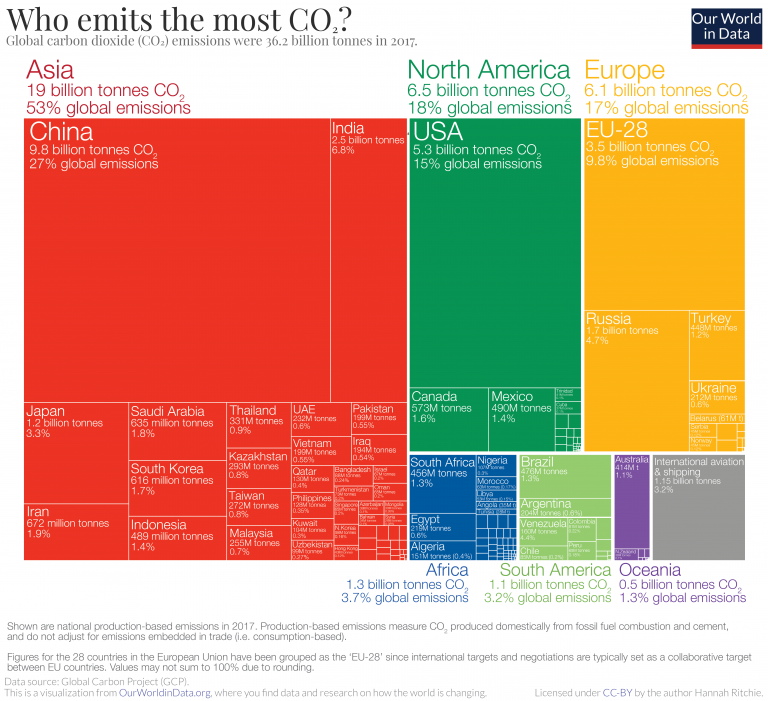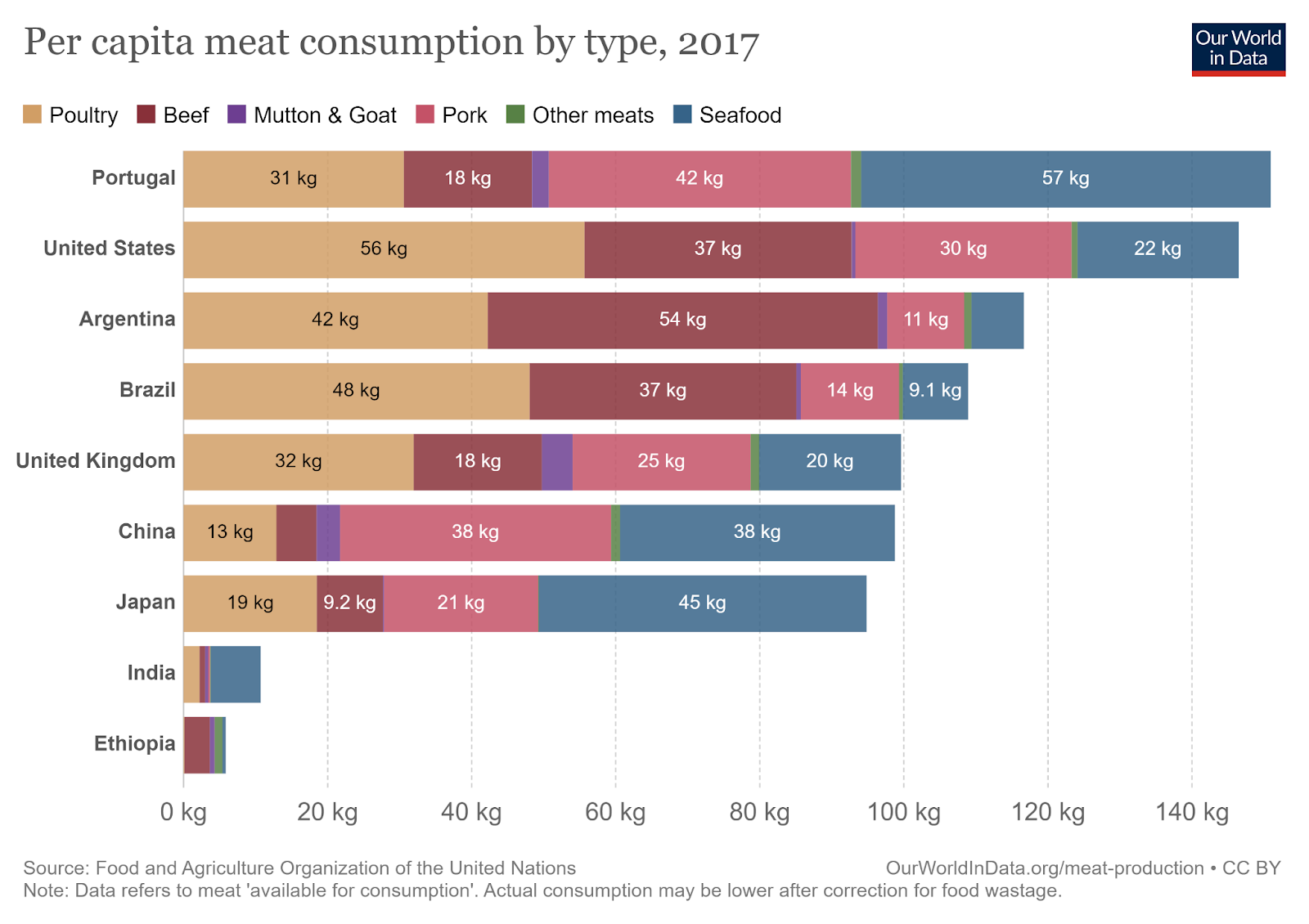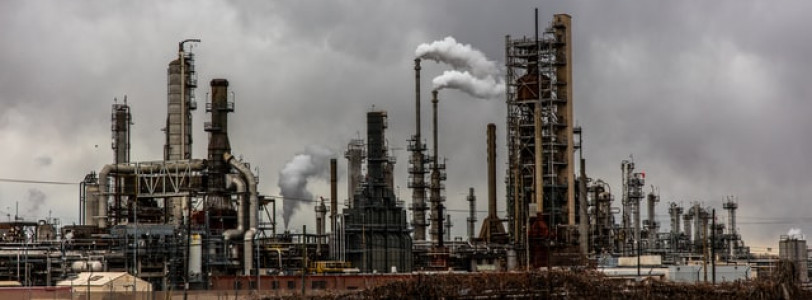Nearly every nation can agree that our changing climate means we’re all in for some serious changes to the world’s ecosystems, inhabitants and way of life. But what actually causes the climate to change? And who allows these things to happen? In answering these questions, I hope to find out who we should be expecting to change their behaviour the most to prevent further irreversible damage to the planet.
Earth’s climate has been changing for a long time — over 4.5 billions years, which is when Earth was formed. For most of this time, the cause of these changes have been natural factors but since the Industrial Revolution in the early 1800s, human activity has become the leading cause of changes to our climate. Humans cause climate change by releasing carbon dioxide and other greenhouse gases into the air, which maintain the greenhouse effect. This is warming that results when the atmosphere traps heat radiating from Earth toward space. The natural greenhouse is being affected in many ways, but the three key areas are: burning fossil fuels, deforestation and agriculture.
Fossil Fuels
The burning of fossil fuels like coal and oil has increased the concentration of atmospheric carbon dioxide (CO2). According to The Annual Greenhouse Gas Index (AGGI), over the past decade, increases in carbon dioxide are responsible for about 84% of the increase in the heat-trapping capacity of the atmosphere. Fossil fuels such as oil, gas and coal contain ‘locked-away’ carbon dioxide and when these are taken out of the ground and burned, the stored CO2 is released into the air. This is because the burning process combines carbon with oxygen in the air to make CO2. The amount of atmospheric CO2 has increased more than 20% in less than 40 years, which is a significant amount of the total increase in atmospheric carbon dioxide since the industrial revolution. This shows the levels of CO2 are rapidly increasing.
So who emits CO2? Let’s look at corporations first. You might have seen this statistic floating about on Twitter and in Instagram infographics: the claim that 100 companies are responsible for 71% of global emissions. The Carbon Disclosure Project confirmed that of the total estimated greenhouse gas emissions released by human activity (excluding land use, land use change and forestry, and agricultural methane) between 1988 and 2015, 71% of those emissions originated from 100 fossil fuel producers. This includes the emissions from producing fossil fuels (like oil, coal and gas), and the subsequent use of the fossil fuels they sell to other companies. In fact, according to Richard Heede of the Climate Accountability Institute, the corporation Chevron topped the list of the investor-owned emitters, followed by Exxon, BP and Shell. In total, these four global businesses are behind more than 10% of the world’s carbon emissions since 1965. Let me just repeat that: just four global businesses are responsible for one tenth of emissions since 1965.
Corporations aside, which countries emit the most CO2? By far, China is the world’s largest emitter. It emits nearly 10 billion tonnes each year, which accounts for 27% of global emissions. 
The USA dominates North American emissions and contributes 15% to global emissions and the total EU’s emissions comes next at 9.8%. However, China does much better when you consider it’s 1 billion population, and look at CO2 emission per capita. To help you understand the scale of the largest emitters, let’s return to the USA. A 2019 report from Brown University estimated that in 2017, the Pentagon’s greenhouse gas emissions alone were greater than the greenhouse gas emissions of entire industrialized countries such as Sweden or Denmark. The Pentagon alone would be the world's 55th largest CO2 emitter if it was a country. The report also shows that the U.S. military also produced more greenhouse gases than Morocco, Peru, Hungary, Finland, New Zealand and Norway.
Deforestation
Next up, deforestation. To a much lesser extent, the clearing of land for agriculture, industry, and other human activities has increased concentrations of greenhouse gases. Forests remove and store carbon dioxide from the atmosphere. Cutting them down means that carbon dioxide builds up quicker since there are no trees to absorb it. Not only that, trees release the carbon they stored when we burn them. Deforestation can cause desertification, soil erosion, fewer crops, increased greenhouse gases in the atmosphere, and a whole host of problems for indigenous people. World annual deforestation is estimated as 13.7 million hectares a year, equal to the area of Greece.
Farming, grazing of livestock, mining, and drilling combined account for more than half of all deforestation. Forestry practices, wildfires and, in small part, urbanization account for the rest. Forests are cut down to make way for producing palm oil, mostly in Malaysia and Indonesia. Palm oil, wood fibre and tree plantations were the commodities most consistently linked with increased tropical deforestation over the past two decades, according to this study. Palm oil is said to be found in 50% of supermarket products, from bread to shampoo to cosmetics. In the Amazon rainforest, cattle ranching and farms are main problems.
Land deals are typically made between national governments and private firms or foreign governments. At present, around 76% of large-scale land acquisitions in the global south are made by foreign investors. Once land has been acquired, investors can choose to leave it unchanged or convert it for activities, such as mining or for commodity production. Some term these acquisitions as land grabs— deals that happen without the free, prior, and informed consent of communities that often result in farmers being forced from their homes and families left hungry. There’s also growing concern of so-called ‘green grabs’ conducted in the name of conservation but takes land away from indigenous people.
Agriculture
And finally: agriculture. As I mentioned before, deforested land is often converted into agricultural land. Planting crops releases many different types of greenhouse gases into the air but the majority of agricultural production emissions come from raising livestock. More than 70 billion animals are raised annually for human consumption. Animals, especially cows, produce methane, which is 30 times more powerful than carbon dioxide as a greenhouse gas. The biggest single source is methane from cow burps and manure. Enteric fermentation is a natural digestive process that occurs in animals such as cattle, sheep and goats. This process accounts for about 40% of agricultural production emissions in the past 20 years. Our World In Data’s graph shows the biggest meat consumers: Portugal, USA and Argentina. Surprisingly, they all have different majority consumption. 
Another growing concern is nitrous oxide. A study by the Global Carbon Project shows that human-caused N2O emissions have increased by 30% over the past four decades, mostly due to nitrogen fertilisers used in agriculture. The growing demand for meat and dairy products has also contributed to the surge, as livestock manure causes N2O emissions and nitrogen fertilisers are often used in the production of animal feed. What’s scary about N2O is that the gas is almost 300 times more potent than CO2 over a 100-year period. It is the third-largest contributor to climate change after CO2 and methane. The countries with the fastest growing human-caused N2O emissions include Brazil, China and India
So, to answer my questions; climate change is mainly caused by burning fossil fuels, deforestation and agriculture. I’ve been through the details of each of these three key areas. But my second question, who allows it to happen? Well, that’s significantly more complicated. Governments, politicians, corporations, greed, capitalism, or every single one of us living on the planet? There's a good argument for every option, but in the end the only thing we can control is ourselves and our decisions. We’ve got to keep working together to hold governments and corporations to account and start imagining what a better future could look like. Climate change is real and happening right now — it’s going to take everything we’ve got to survive.










I really enjoyed reading this, the depth of detail into each section provided enough information for me to get a good understanding of each topic contributing to climate change but not too much information that it was overwhelming :)